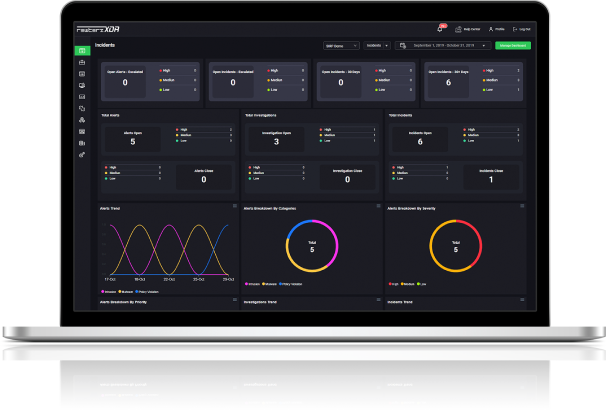

Lumma Stealer Malware aka LummaC – Active IOCs
March 26, 2025
DarkCrystal RAT aka DCRat – Active IOCs
March 31, 2025
Lumma Stealer Malware aka LummaC – Active IOCs
March 26, 2025
DarkCrystal RAT aka DCRat – Active IOCs
March 31, 2025Severity
High
Analysis Summary
Albabat ransomware is evolving, signaling an expansion of its attack scope beyond just Windows systems to include Linux and macOS platforms. Researchers recently identified versions 2.0.0 and 2.5 of Albabat, which gather system and hardware information from both Linux and macOS, alongside their existing Windows-based attacks. This change enhances the ransomware’s potential to affect a wider range of organizations, leading to reputational, operational, and financial damages.
One key aspect of these newer versions is the use of GitHub for streamlining operations. The ransomware retrieves its configuration data via the GitHub REST API, using a “User-Agent” string labeled “Awesome App.” The configuration reveals specific details about its behavior, such as which folders to ignore (e.g., “AppData,” “$RECYCLE.BIN”) and which file extensions to target for encryption. It also terminates certain processes and stores collected data in a PostgreSQL database, likely for ransom demands or further exploitation.
The GitHub repository, currently private but accessible through an authentication token, is registered under the pseudonym “Bill Borguiann.” It contains ongoing updates, with a folder labeled “2.5.x” indicating that a new version of the ransomware is in development, featuring cryptocurrency wallets.
Impact
- Financial Loss
- Reputational Damage
- Data Theft
Indicators of Compromise
MD5
2a78ca5302034ed8efcc52313750b634
36e7c148b1812fc36949f1aea2c7f0e4
80888adbf3be1bceb8349a1d6602272b
e8a8002fce70e51116a33b41c57a762e
b4df1972d7ea7079a4dfaa7f7b2158f3
SHA-256
13d128038c341e850b55bc900ecee93496521c74bd9f3f8ea63e86042c5b6a9b
e58b3a701c3fc74a64ec0f4b7cee3550245c93b2f020f0f7bd0304ad855fc32a
963570ba538aa5cac746bd5037847e8b346fc8a052617f6f4dbd12aefbd3c8da
f02db098f98d362925ce997ee6c8c0cfc8f509d135a6b94c7a18a67e418243d4
7057e38c383528f0645bb8b31d7ac4c855d30719ca2671345cc88e82dc968f36
SHA1
1cc2d1f2a991c19b7e633a92b1629641c019cdeb
c7c52fdaecf325dfaf6eda14e0603579feaed40a
8a3ea65147a156d381d8f1773e91eb8e0f6b1e40
8de54cad9d6316679580c91117b484acb493ab72
d67dc8c4232a3943a66608d62874923e9a3fb628
Remediation
- Maintain up-to-date, secure backups of all critical data and regularly test restoration processes.
- Implement network segmentation to limit the spread of ransomware across systems.
- Regularly update and patch software and operating systems to close known vulnerabilities.
- Monitor and block access to known malicious domains and IPs used by ransomware.
- Use advanced endpoint protection and intrusion detection systems to detect and block ransomware activities.
- Implement access controls and least privilege policies to restrict unauthorized access to sensitive data and systems.
- Regularly audit and review system configurations to ensure there are no vulnerabilities or misconfigurations.








